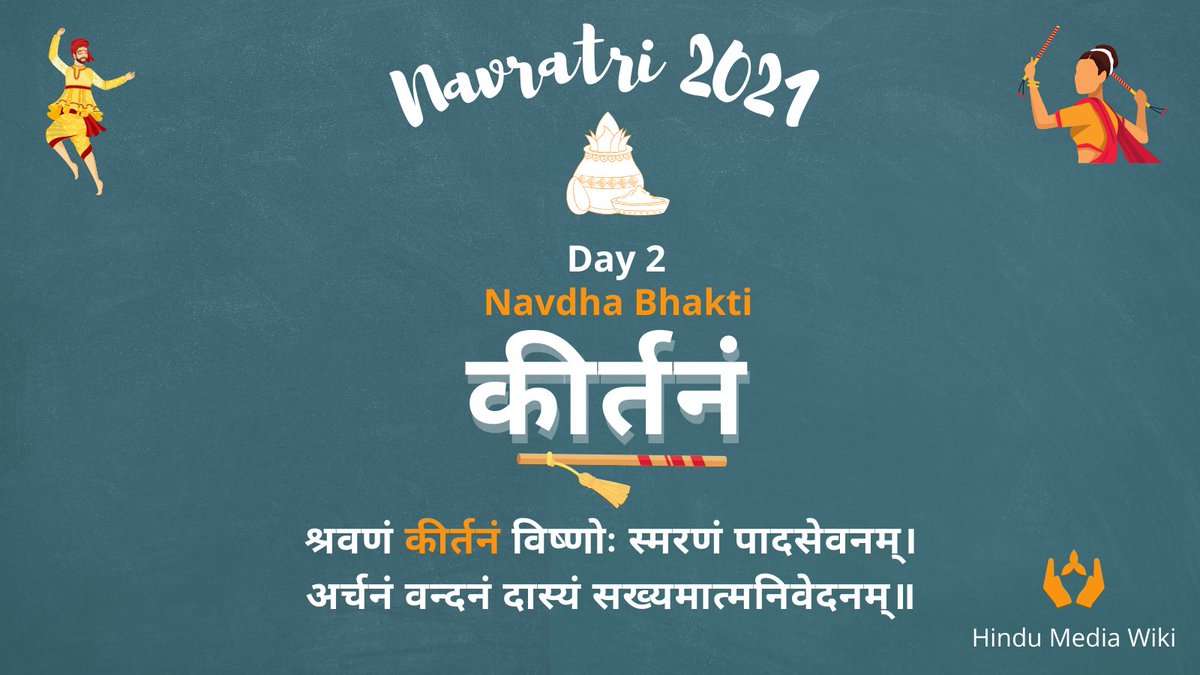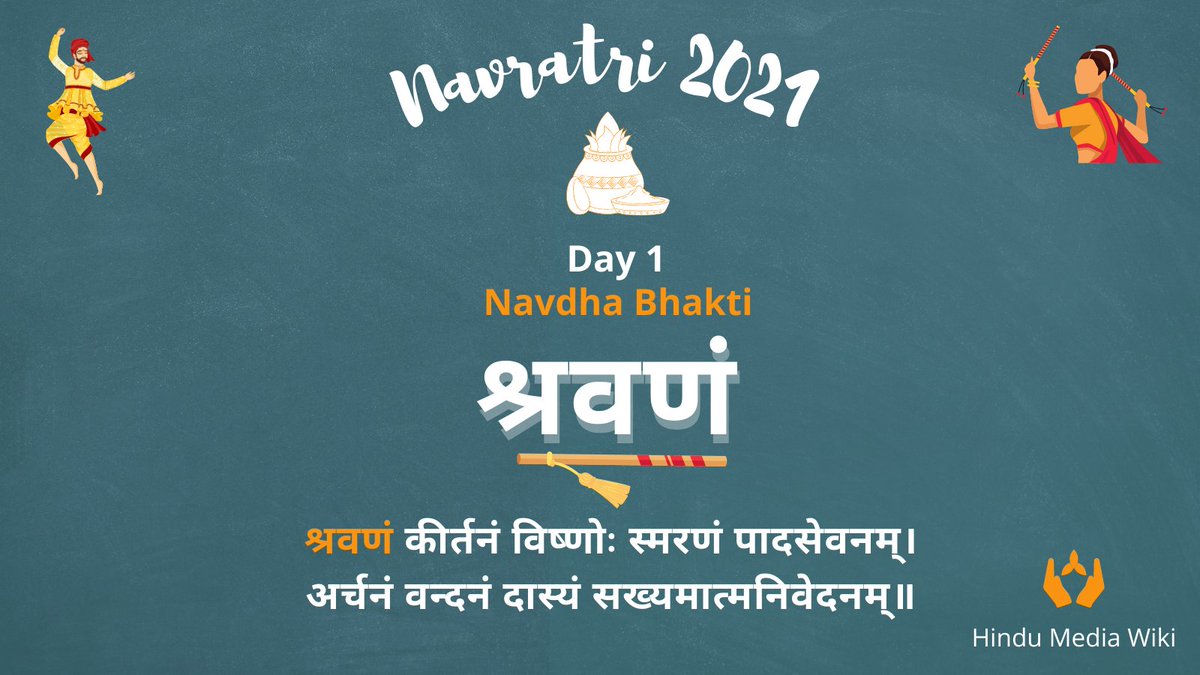
God does not normally interfere in worldly affairs.
Resorting to Prakrti, Nature, which is My own Power, I send forth, again and again, this multitude of beings that are without any freedom, owing to Nature's sway over them. - Gita 9.8
Resorting to Prakrti, Nature, which is My own Power, I send forth, again and again, this multitude of beings that are without any freedom, owing to Nature's sway over them. - Gita 9.8
These activities do not in any way bind Me, because I remain detached like one unconcerned in their midst. - Gita 9.9
Under My direction and control, Nature brings out this mighty universe of living and non-living beings. Thus does the wheel of this world revolve. - Gita 9.10
Under My direction and control, Nature brings out this mighty universe of living and non-living beings. Thus does the wheel of this world revolve. - Gita 9.10
God intervenes for great devotees.
Whoever being devoted to me solely, engage themselves always in contemplation and worship of Me - to such eversteadfast devotees I ensure the procurement of all their wants (salvation) and the preservation of their assets. - Gita 9.22
Whoever being devoted to me solely, engage themselves always in contemplation and worship of Me - to such eversteadfast devotees I ensure the procurement of all their wants (salvation) and the preservation of their assets. - Gita 9.22
God also intervenes in worldly affairs when dharma is in decline and adharma is in ascendance.
Whenever there is decline of Dharma and ascendance of Adharma, then, o scion of the Bharata race! I manifest (incarnate) Myself in a body. - Gita 4.7
Whenever there is decline of Dharma and ascendance of Adharma, then, o scion of the Bharata race! I manifest (incarnate) Myself in a body. - Gita 4.7
For the protection of the good, for the destruction of the evil, and for the establishment of Dharma, I am born from age to age. - Gita 4.8
whatever is happening it is happening as per karma. Fault lies within us. Not others. That is why we need to read histories of devotees who had darshan and what was the devotees nature in their life and if you see them devotees never had darshan of God just like that.
It's under extreme peak of devotion where Supreme has given its vision. Not before that. This Requires extreme tapasya bhakti.
• • •
Missing some Tweet in this thread? You can try to
force a refresh







